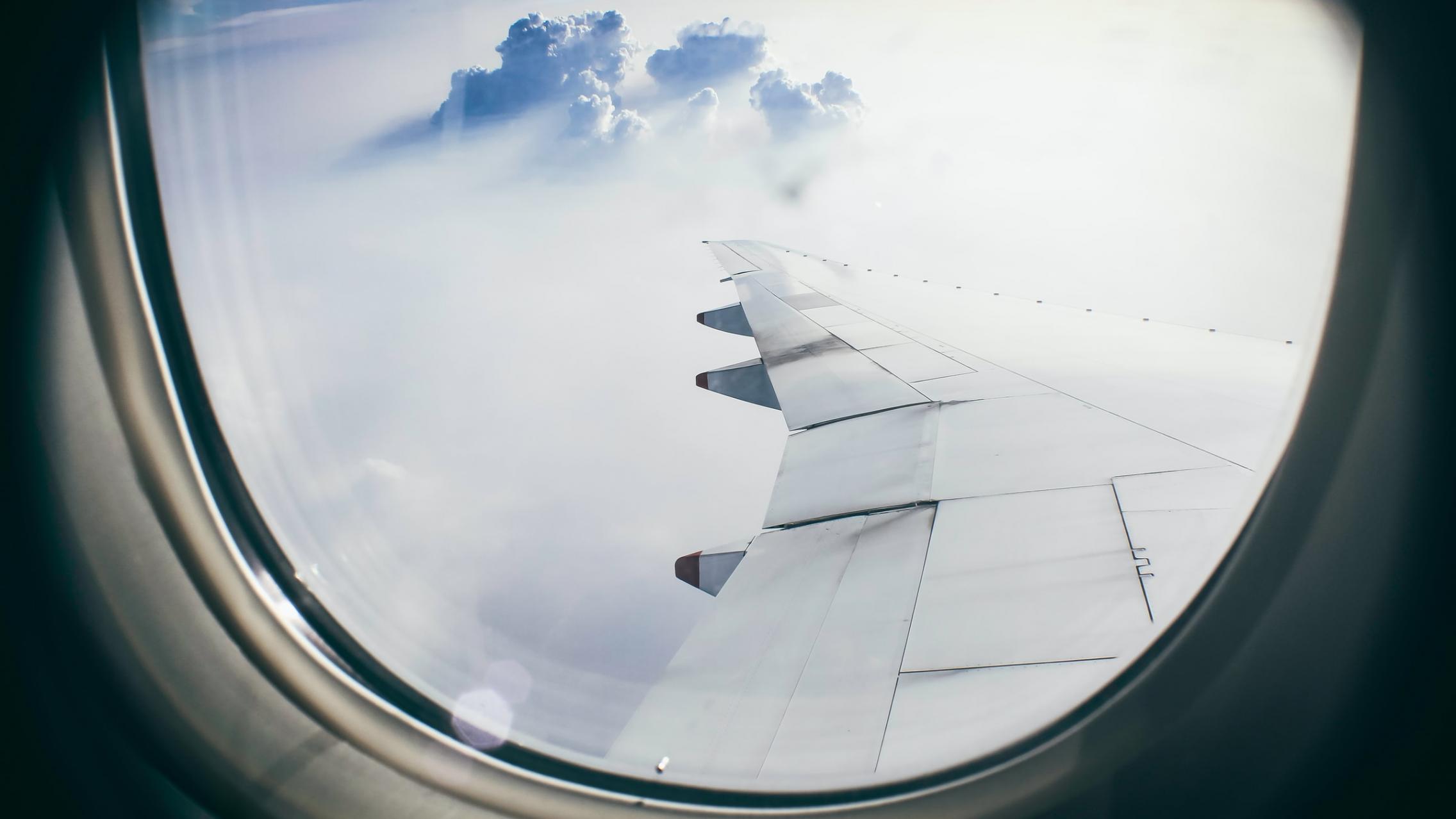Kick-starting international travel, tourism, and trade: A roadmap for the Morrison government

We are all looking forward to restarting our economy or getting out from under the doona as Prime Minister Scott Morrison colourfully put it.
And we are all hoping for a return to the work lives, social existences, and economic freedoms we enjoyed and thoroughly took for granted before March 2020.
Reopening international travel should be high on the list of the government’s priorities given just how important it is to our biggest export industries such as tourism, education, and air freighting of high-value fresh produce and other goods to regional markets in Asia and beyond. In 2019, tourism alone generated a significant $60.8 billion in economic activity, with international visitors spending $44.6 billion in 2018-19.
Education exports contributed a reported $37.6 billion to the Australian economy in 2018-2019 - although this figure comprises both money spent on tuition as well as other spending by international students in Australia. In addition to being a source of export income, the education sector employs thousands of people and contributes significantly to Australia’s often overlooked position as a knowledge-based economy.
The closing of borders that brought the global travel industry to an unforgiving halt has had far-reaching knock-on effects, inflicting significant damage beyond the aviation and travel industries, impacting the tourism sector more broadly, as well as the tertiary education sector.
What is more, almost 80% of Australian airfreight exports travel in the belly of commercial aircraft, which is why the Australian government has had to take the lead on providing alternative capacity during the crisis. This means that opening international travel would thus also ease the burden on exporters in sectors such as food and agriculture, machinery and mechanical appliances, as well as precision instruments.
The New Zealand Prime Minister Jacinda Ardern has already agreed to a forward-looking proposal for Australia and New Zealand to open up their respective travel markets to each other, something that is bound to stimulate tourist and other important commercial activities between these two already closely linked markets.
Another, bolder approach would be for the Morrison Government to announce a blanket policy to open up international travel to any country that has managed to flatten the curve and/or which has seen a downward trend in new COVID-19 cases for 4 weeks or longer. This could be accompanied by four easy to implement measures that would lower the risks (and costs) of importing new cases by requiring that:
- Visitors show they have tested negative to COVID-19 or have recovered from it for a period of at least fourteen days prior to check-in at their departure airport
- Visitors demonstrate that they have purchased health insurance (that includes COVID-19 related treatment) prior to check-in (Australian insurance companies could even sell such cover)
- Airlines require all inbound passengers and crew to wear face masks for the duration of the flight (with the normal exceptions for taking meals or consuming beverages)
- Visitors download the COVID Safe app and provide proof they have done so to immigration officers when entering Australia.
These measures, in addition to the fact that passengers would only be allowed to travel to Australia from countries that have already succeeded in surpressing the spread of the virus, would substantially lower the risks of importing cases.
A fact-based approach on virus-suppression successes globally would suggest the following indicative list of eight candidate countries to be included for an initial round of easing:
- China (flattened the curve in late February, and was the source of over 1.4 million visits in 2019, as well as being an important destination for Australian airfreight and the country of origin for a large portion of personal protective equipment imports)
- New Zealand (daily new cases trending down since 4 April, and the source of 1.4 million visitors in 2019 and an important destination for Australian airfreight)
- Malaysia (daily new cases trending down since 7 April, and 385,000 visitors to Australia in 2019)
- Hong Kong (daily new cases trending down since 31 March, and 315,000 visitors in 2019, as well as an important destination for Australian airfreight)
- South Korea (daily new cases trending down since 4 March, 280,000 visitors in 2019)
- Vietnam (a regional poster child for coronavirus crisis containment, and an important destination for Australian airfreight and outbound tourism)
- Thailand (daily new cases trending down since 30 March, another important destination for outbound tourism)
- Taiwan (active cases trending down since 8 April, and another regional poster child for coronavirus containment).
Singapore could be added to this list as soon as it manages to contain a recent resurgence in cases, after initially being one of the countries in the region that seemed to be managing the crisis with a high degree of efficacy and professional competence.
Another reason why this initial round of proposed easing would be in Australia’s self-interest is because Qantas or Jet Star have direct flights (with or without codeshare arrangements) to all of these destinations, so this would throw a lifeline to the country’s struggling aviation sector.
What is more, acknowledging China’s successes with COVID-19 containment by placing it on the list would be a small step in improving relations with our biggest trading partner. It would also indicate that Australia’s domestic and foreign economic policies are not unduly influenced by an increasingly confrontational and Sino-phobic Trump administration, but rather by a clear-eyed and evidence-based assessment of our own priorities and strategic interests.
By Simon Lacey, Senior Lecturer, Institute for International Trade
This work is licensed under Commons Attribution-NonCommercial-NoDerivatives 4.0 International License.
IIT is a global leader in researching, analysing and commenting on International Trade.
Stay informed about our up-and-coming seminars, events, publications, awards, new projects and collaborations, and other exciting news.
